Information provided on measures to eliminate traffic jams in metro
In order to normalize the traffic flow in the Tashkent metro, 5-wagon trains will be released to some routes, and 14 new trains will be brought in by the end of 2023. Through such measures, it was said that the interval of trains can be reduced to 1.5 minutes.
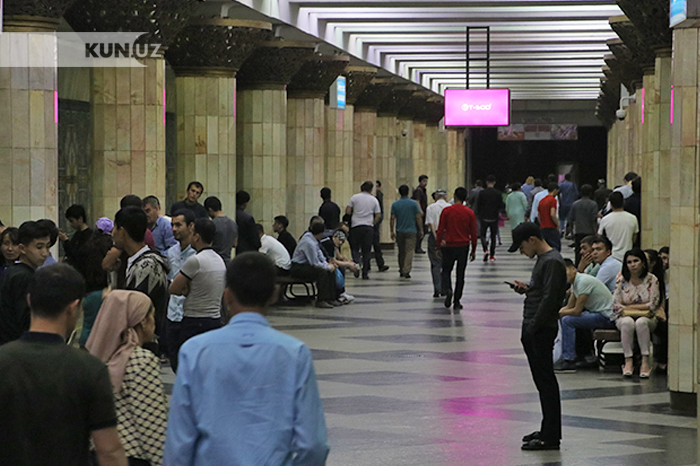
After the presidential visit to the 18th Bus Fleet on December 13, serious attention has been paid to the problems of public transport in the last week. The number of buses has been increased dramatically.
According to the information provided by the press secretary of the Transport Ministry, Navruz Ashurmatov, at the AIMC briefing held on December 21, the number of buses on 850-870 routes has been increased to 1050-1090, and the running interval has been reduced from 25-30 minutes to 10-12 minutes. It is noted that the number of passengers has also increased due to this.
“On December 12, the number of passengers was 501,863, and on December 19, this figure increased significantly and reached 567,535,” Ashurmatov said.
These numbers only provide information about buses. So, what is being done in the Tashkent metro? However, traffic jams are also often observed in the city subway. Kun.uz talked to Tuychi Mirzayev, the head of the information service of the “Toshkent metropoliteni” SUE, to get answers to several questions on the topic.
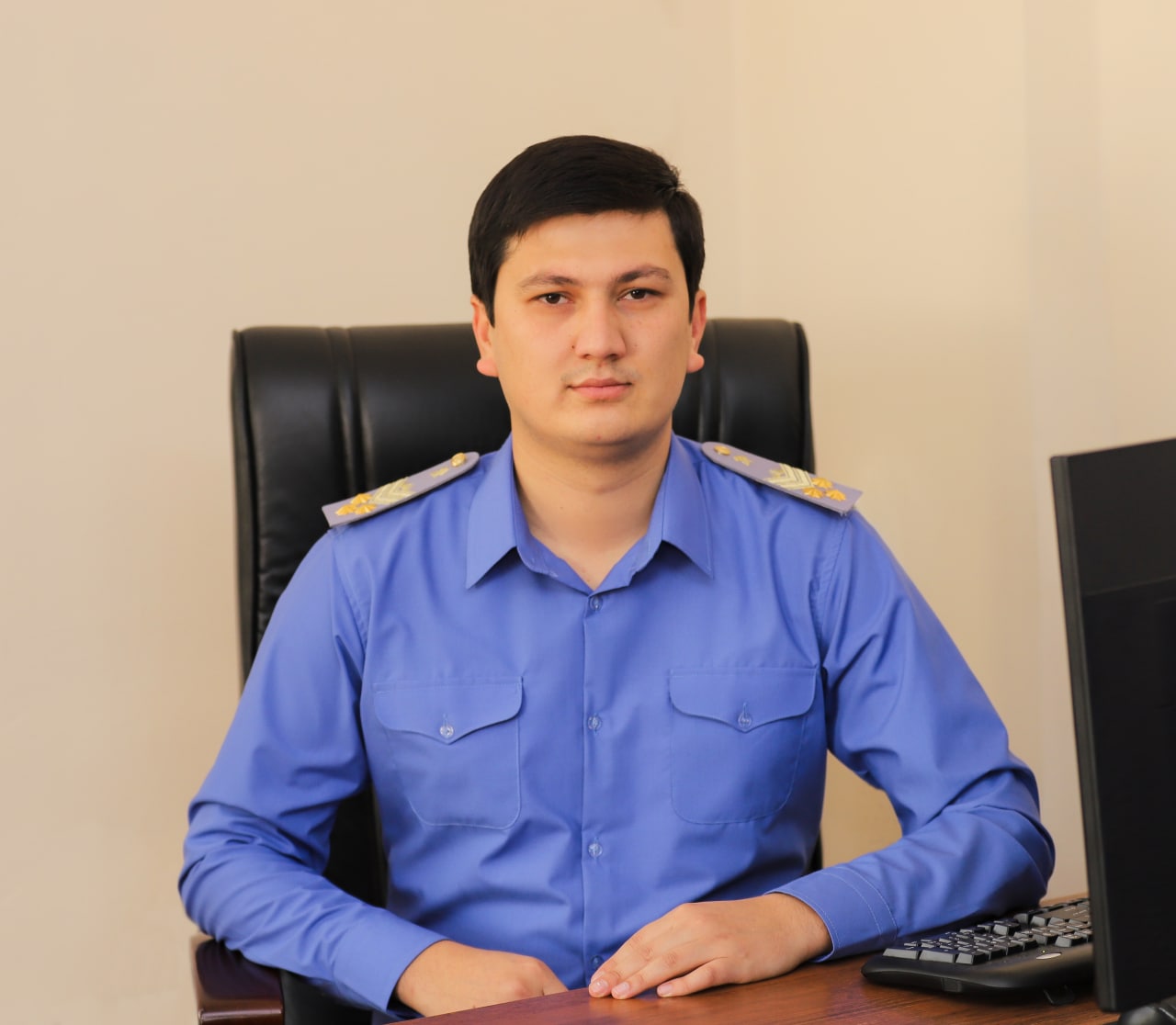
How many subway failures were observed in 2022?
Initially, information was given about the malfunctions observed in the subway during the year. Mirzayev said that last year, the statistics of 2021 were not kept because “Toshkent metropoliteni” was part of “Uzbekistan Railways” JSC, it was considered an intermediate organization, besides, there was no press service.
From 2022, all permanent ones have been introduced. According to him, from the beginning of this year to December 14, 19 malfunctions were recorded in the capital metro. These failures occurred during the movement of metro trains, and most of them correspond to technical conditions related to metro trains.
For example, in this process, there were more cases such as trains’ lighting devices automatically turned off due to electric current, or train doors could not be closed due to increased pressure.
What is being done to eliminate traffic jams in the subway?
It is reported that around 550-590 thousand passengers are transported in the capital’s metro every day. 620,000 passengers used the subway on December 5 because the weather has recently cooled sharply and ice has formed on the ground.
“Train carriages are designed for 200-250 people. But since the maximum is set at 300 people, so many people are currently being transported. We are using all types of vehicles as much as possible during traffic jams.
For example, when coming from the “Sergeli” line, after the “Chilanzar” metro station, train carriages are full and people cannot get out. That is why we started the “zero” train movement starting from the “Almazar” station. That is, starting from this station, our reserve trains will start moving empty.
Also, 4 trains with 5 wagons were launched on the route “Uzbekistan” as a test. We have not increased the carriage of trains there as the construction works at the aboveground metro stations on the Sergeli route have not yet been completed. After the completion of these works, 5 train carriages on the “Sergeli” - “Chilanzar” line will be added,” Mirzayev said.
He added that at the same time, an order for 6 more wagons was placed with “Tashkent Passenger Car Construction and Repair Plant”, and when these wagons arrive, the number of 5-car trains will be increased to 10.
14 new trains will be delivered
At the same time, during 2023, the “Toshkent metropoliteni” SUE plans to bring 14 new vehicles. It is noted that these new trains with a total of 56 cars were produced by the Russian company “Metrovagonmash”, and 250-300 passengers will be able to travel in them.
According to the official, it is not clear in what month these trains will be delivered and for how much, the financial aspects are currently being negotiated.
“These works will be continued step by step. By bringing new trains, we can reduce the interval of trains to 1.5 minutes. At present, it is 2-2.5 minutes in the “Chilanzar” direction, 3-4 minutes in the “Uzbekistan” direction, and 6-7 minutes in the “Yunusabad” direction.
In 2023, this interval will become even shorter after we purchase 14 new 4-car rolling stock. It is definitely determined based on the passenger flow in the routes.
Now, it will be possible to take more people from 200-250 to a total of 800-1000 people in one arrival. A lot of things come down to the financial aspect anyway.
Since we are an SUE, almost all of our expenses are covered by the state. Inexpensive public transport cannot cover the electricity we spend, the costs associated with providing salaries to more than 5,000 employees working in the subway. On average, 3 billion soums are spent for the operation of the metro in one month. Because trains running at 825 volts, lighting devices of metro stations, and how many of our batteries do not get electricity,” the press secretary said.
He also said that the elimination of traffic jams in the subways does not depend on the metro alone. In this process, “Toshshakhartransportkhizmat” JSC should also show enthusiasm.
“I wish there was mutual respect when using the metro”
At the end of the interview, Tuychi Mirzayev asked to convey the following request to the metro users:
“I wanted mutual respect when using the metro. It would be better if they try to get off as soon as possible, and give way to the passengers who are getting off. The driver is given a maximum of 20-30 seconds to stop at one stop, drop off passengers and pick up others. In this process, it is necessary not to break the interval. If the above-mentioned situation is observed, time will be lost in itself, and as a result, the train interval will be extended. All of these are closely related to each other,” he said.
Related News
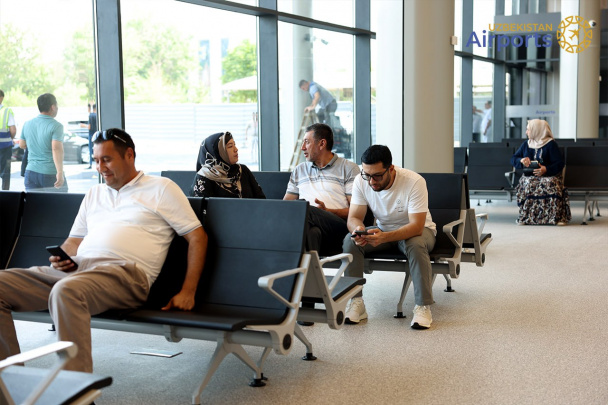
16:40 / 11.06.2025
Tashkent airport opens terminal to visitors after major renovation
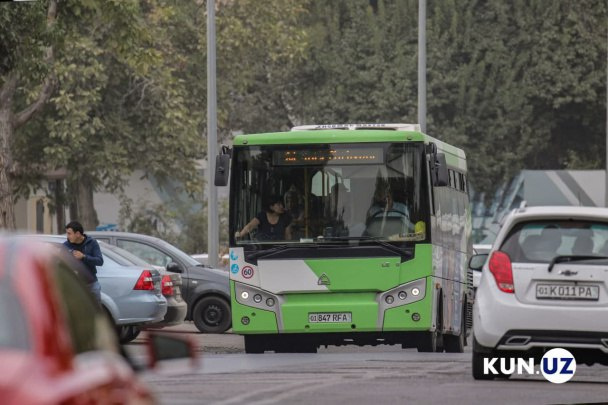
13:26 / 04.06.2025
Public transport in Tashkent to start operating at 03:00 on Eid al-Adha
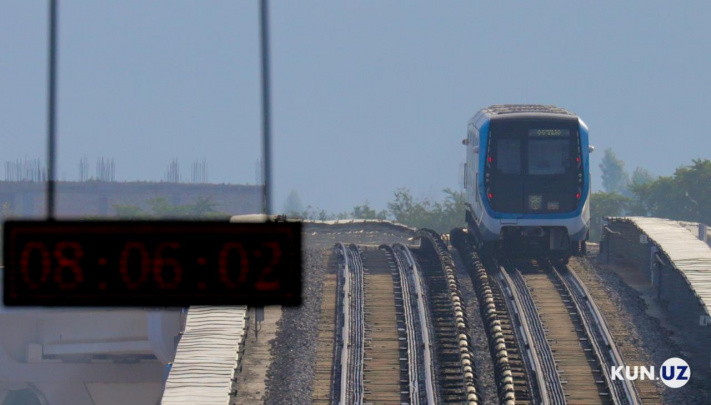
14:03 / 31.05.2025
Train service suspended for 3 months on Tashkent overground metro for maintenance
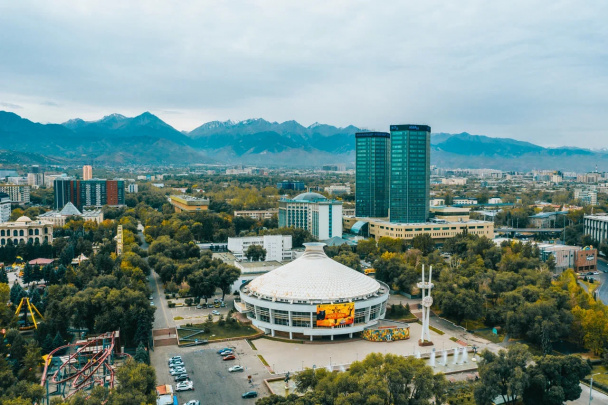
18:11 / 27.05.2025



